Banking
From savings account details to bank reviews, economic insights and more — Bankrate offers valuable information and advice for you.
Explore banking basics

How to open a certificate of deposit (CD)
Banking
Everything you need to know about opening an account.

How to start saving (even if you’re starting from scratch)
Banking
Getting into the habit of paying yourself first is hard. Here are some ideas to help you start.

How to transfer money from one bank to another: 4 ways
Banking
Keep fees in check when you shift money from one bank account to another.
Find more resources
Editor's picks

Experts in all things banking
Our expert reporters and editors bring the news and analysis you need—backed by data and firsthand experience.
About Bankrate
Bankrate Financial Analyst

Principal U.S. Economy Reporter

Senior Economic Analyst
Banking data studies
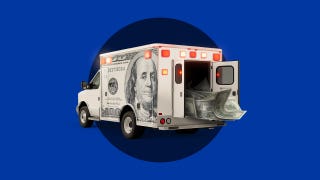
A majority (81%) of Americans did not increase their emergency savings this year

Over 1 in 4 workers are more worried about job security since 2025 began.

Two-thirds of American savers say they’re earning rates below 4% APY. Here’s why.
Featured by names you know and trust
Latest articles

Currently, you can lock in annual percentage yields (APYs) on certificates of deposit (CDs) at and slightly above 4% with many nationally available CDs. Only a select few financial institutions offer promotional [...]

Checking and savings accounts are different. Should you have one, the other — or both?

These expert tips can help keep your bank and financial accounts safe from hackers.
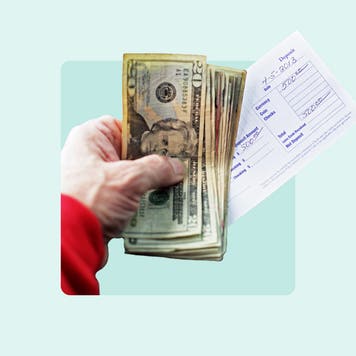
Depositing cash into someone’s account isn’t always possible, but there are options.

Learn why a bank could close your account and what to about it.

It’s important to find the right accounts for your emergency savings.

Americans are growing more pessimistic about their finances amid inflation and job worries.
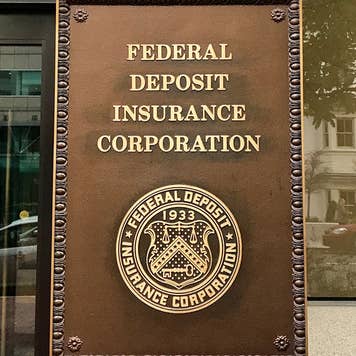
One of the most ubiquitous signs in a bank is “Member FDIC.” Here’s what it means.

It’s important to find the right accounts for your emergency savings.

Here’s how much $10,000 in a high-yield savings account can earn you.

For many of us, saving money feels like an uphill battle.

Here’s how multiple savings accounts can help you reach your financial goals.

How Reg. D impacts your savings account and why it pays to check with your bank.

The best account to save your money will vary by your goal.

The APY percentage shows how much an account earns per year. Here’s what you need to know.

Here’s how much $100,000 in a high-yield savings account can earn you.

Currently, you can lock in annual percentage yields (APYs) on certificates of deposit (CDs) at and slightly above 4% with many nationally available CDs. Only a select few financial institutions offer promotional [...]
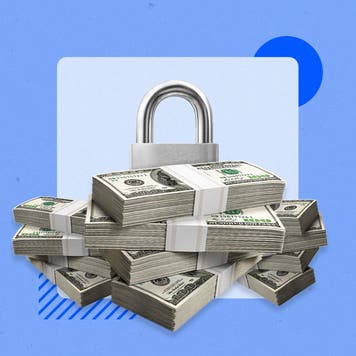
A one-year CD can be a safe and worthwhile option, especially turning to high-yielding online banks or credit unions.
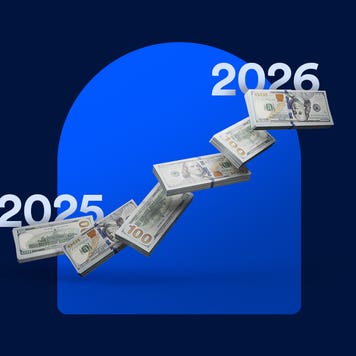
If you have $10,000 to invest in a CD right now, here’s how much you could earn.

If you’ve been thinking of getting a longer-term CD, you may want to make a move.
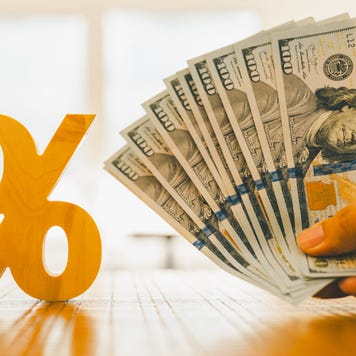
Here’s how to proceed when your CD matures during falling rates.

CDs can be a useful tool to save, but make sure to shop around for the right kind and bank for you.

Learn how you can lose money on a CD.

Savers, here are strategies to invest in CDs.

These credit unions offer great rates and top-notch features — and many make it easy to join.

Investing with mutual funds is an easy way to build a diversified portfolio. Here’s what you need to know.

These accounts sound similar, but there are some key differences to know.

How Reg. D impacts your savings account and why it pays to check with your bank.

The best account to save your money will vary by your goal.

Get the latest rates on top-yielding money market accounts.

With interest rates somewhat volatile, it’s important to shop around for the best money market mutual funds.
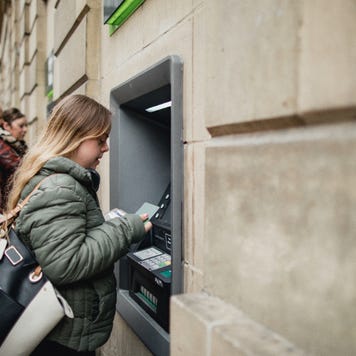
Our top 5 picks scored highly for access, range of products and digital options.

Depositing cash into someone’s account isn’t always possible, but there are options.

Knowing your limit before making a purchase can help you make smarter decisions.

A second-chance checking account is designed for those whose banking history may prevent them from opening a standard account. Applicants sometimes have past problems such as an unpaid negative balance [...]

Spend money, pay bills, write checks or make fund transfers with a checking account.

Here’s how these two bank fees compare and how to best avoid them.

This old-school way of paying is still in demand. Here’s everything you need to know.

Checks aren’t as ubiquitous as they once were, but you may still have to write one.

Over time, ATM fees have climbed. Here’s what you need to know.